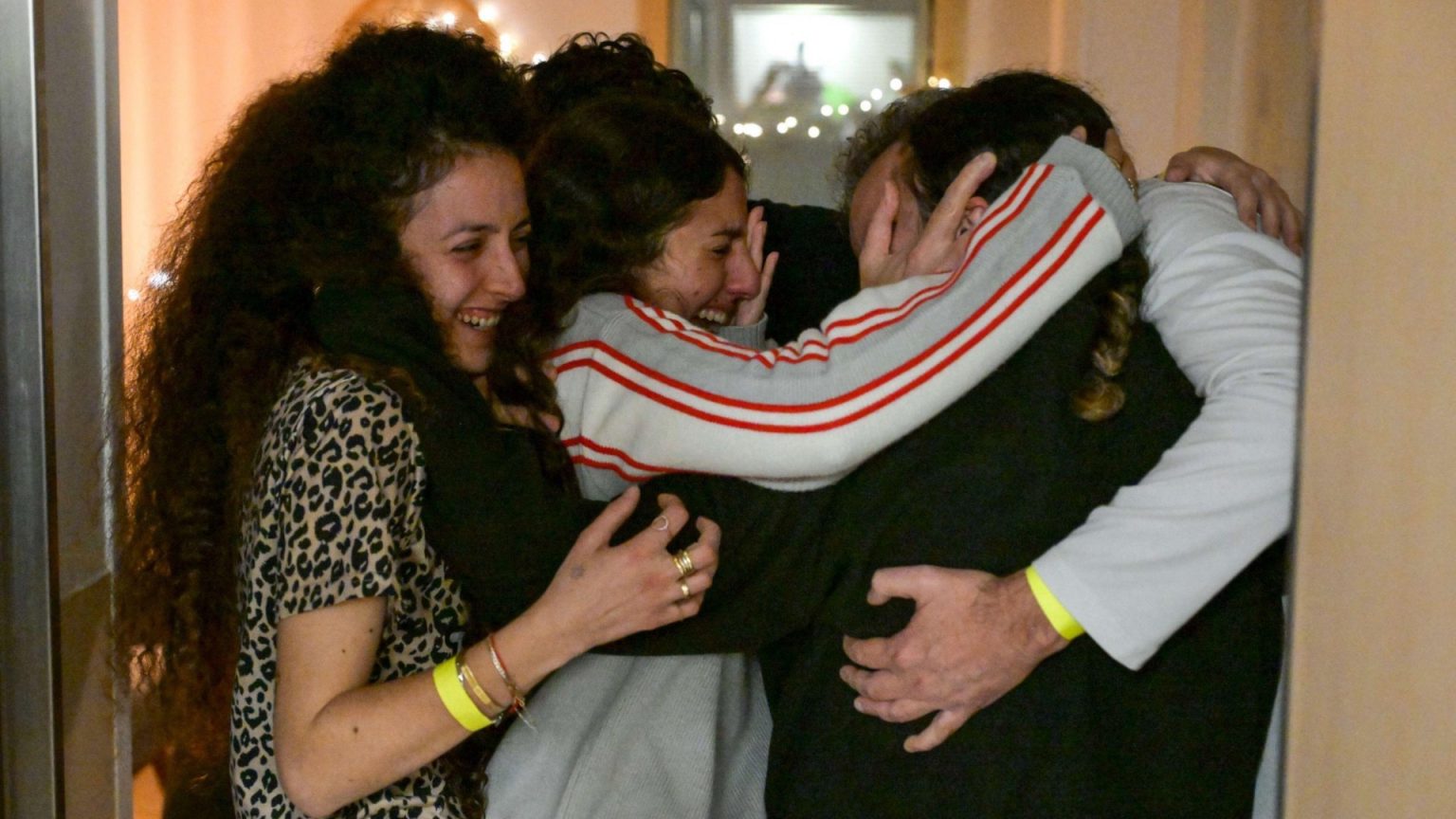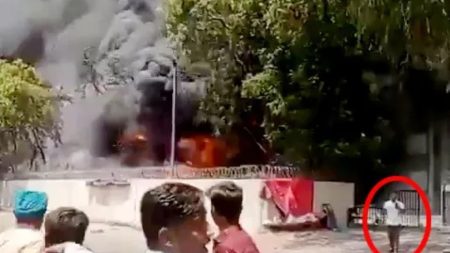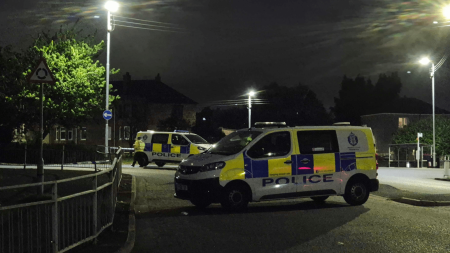The upcoming release of Israeli hostages held by Hamas in Gaza has been confirmed for Saturday, January 25th, marking a crucial step in the ongoing ceasefire agreement. This initial release will involve four hostages, with subsequent releases planned weekly over the following four weeks, ultimately culminating in the freedom of 33 individuals, including women, children, and men of varying ages. This phased approach is designed to carefully manage the complex logistical and political landscape of the hostage situation. The confirmation comes after a period of uncertainty regarding the release date, underscoring the delicate nature of the negotiations and the volatile environment in which they are taking place.
The first phase of the ceasefire witnessed the emotional release of three Israeli women on Sunday: Emily Damari, Romi Gonen, and Doron Steinbrecher. Emily, a British national, had endured a particularly harrowing ordeal, having lost two fingers after being shot by Hamas during the initial October 7th attack. Her release, along with the other two women, brought a wave of relief to their families and the wider Israeli public. The reunion scenes were poignant, capturing the raw emotion of families torn apart by conflict and finally reunited. Prime Minister Netanyahu, while welcoming the release, reiterated Israel’s commitment to dismantling Hamas and securing the return of all remaining hostages, highlighting the ongoing tension and the temporary nature of the current truce.
Emily’s mother, Mandy Damari, expressed immense joy and relief at her daughter’s release, describing Emily as remarkably strong and resilient. She also made a heartfelt plea for continued international pressure to secure the release of the remaining 94 hostages still held captive by Hamas. The women’s release, while a joyous occasion, was also tinged with the disturbing reminder of their ordeal. Hamas presented them with “gift bags” containing items from their captivity, including photographs and a so-called “certificate,” a stark symbol of the psychological manipulation employed during their 15-month confinement.
Hamas released a propaganda video showcasing the women’s handover to the Red Cross, a carefully orchestrated event intended to project a specific narrative. The video depicts the women being escorted through crowds by masked Hamas operatives armed with machine guns, highlighting the precariousness of their situation even during their release. This calculated display contrasted sharply with the private moments of relief and reunion experienced by the hostages and their families upon their return to Israel. The video underscores the propaganda war being waged alongside the physical conflict.
While the Israeli Defense Forces (IDF) provided comfort items and support to the returning hostages, the image of the terrified women being paraded before crowds remains a disturbing reminder of the trauma they endured. This contrast between the orchestrated public spectacle and the private relief of returning home serves to highlight the complexities of the situation. The release, while a step forward, leaves a lingering sense of unease, given the significant number of hostages who remain in captivity and the ever-present threat of renewed hostilities.
The fragile ceasefire, secured after intense negotiations and a prolonged period of violence, remains tenuous. The phased release of hostages is a critical component of this agreement, representing a tangible step towards de-escalation. However, Prime Minister Netanyahu’s firm stance on Hamas, coupled with the ongoing threat to the remaining hostages, underscores the volatile nature of the situation. The coming weeks will be crucial in determining whether this fragile peace can hold and whether all the hostages will eventually return home.











